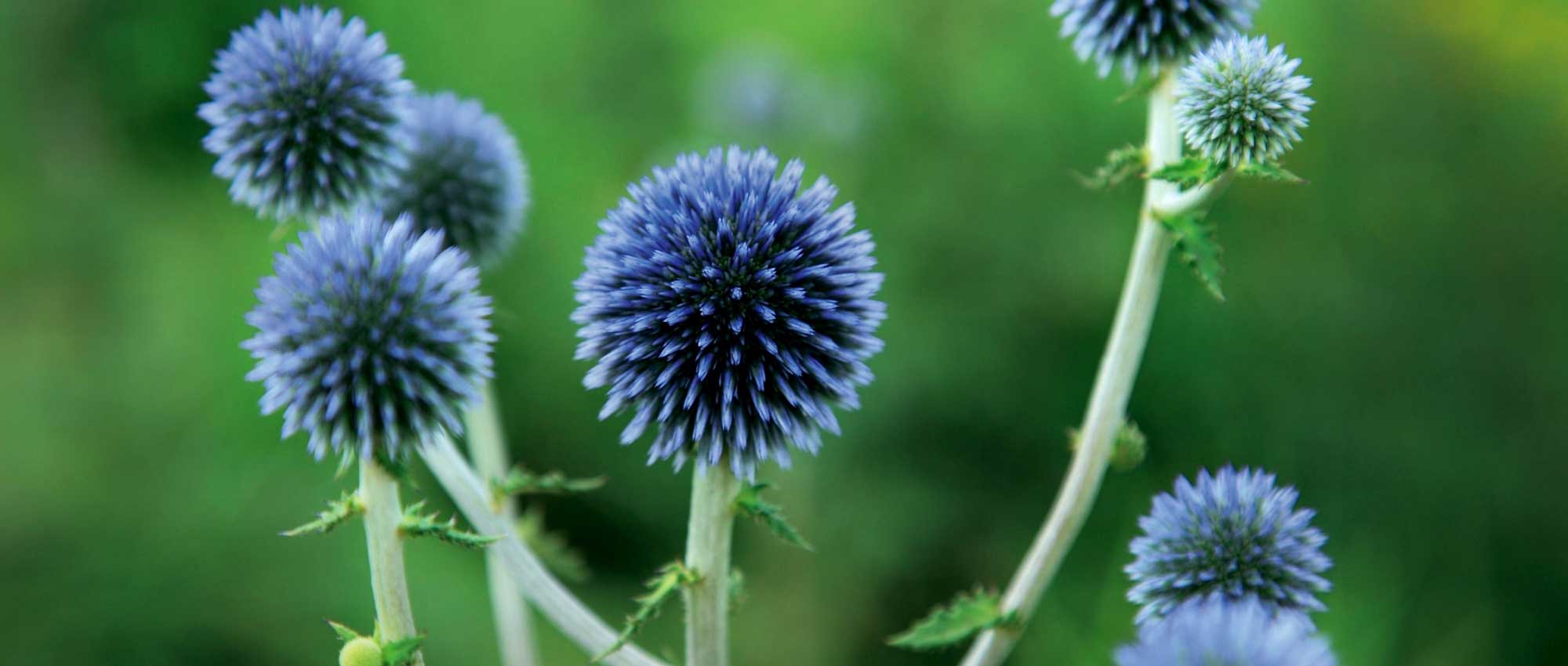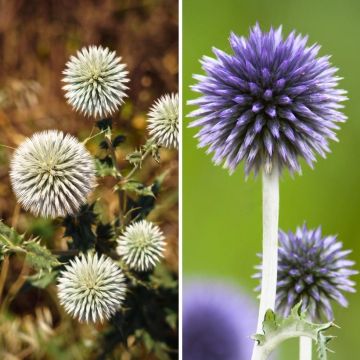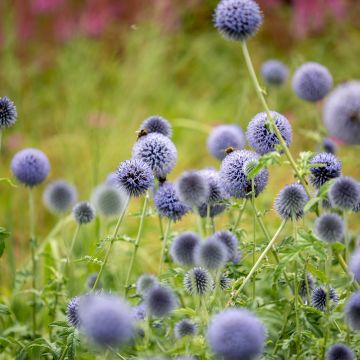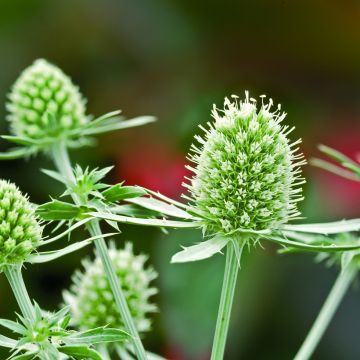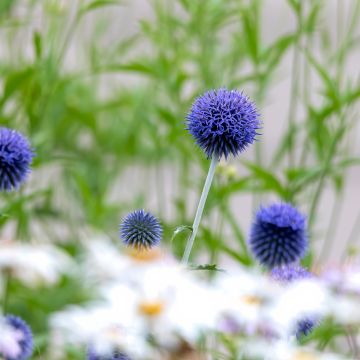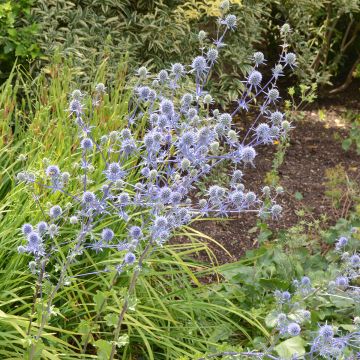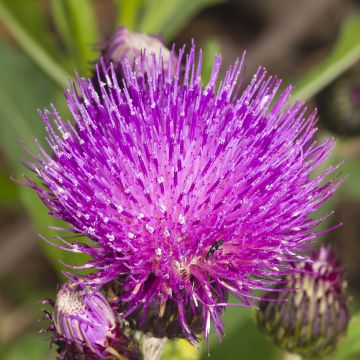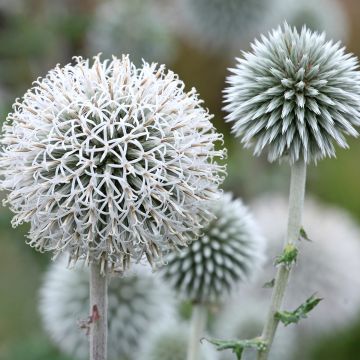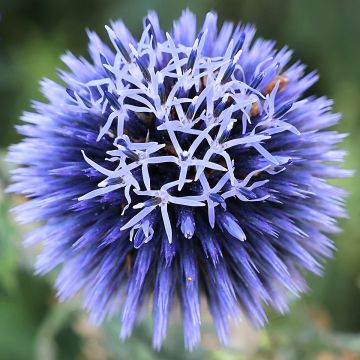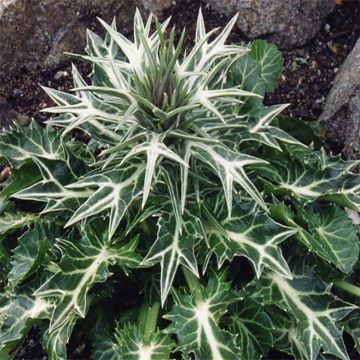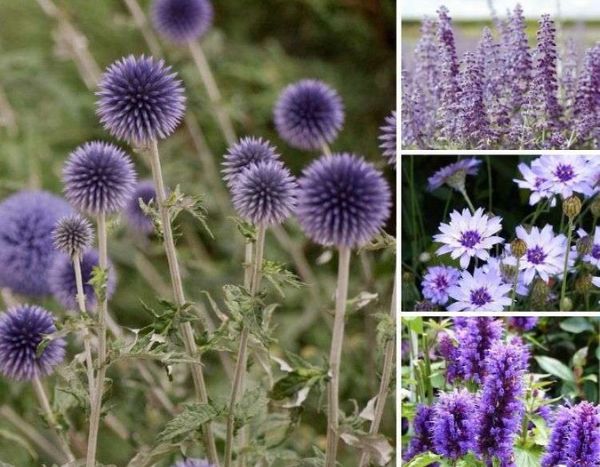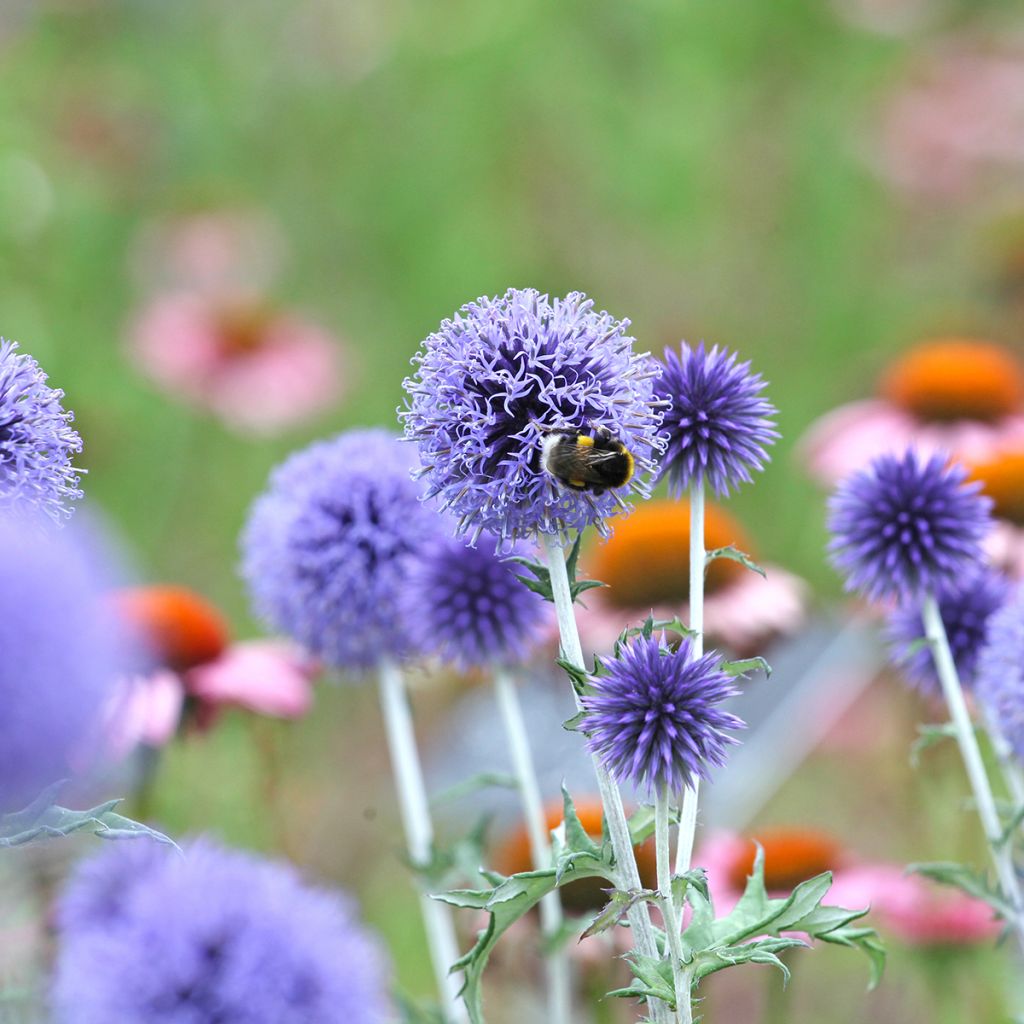

Echinops ritro Veitch’s Blue
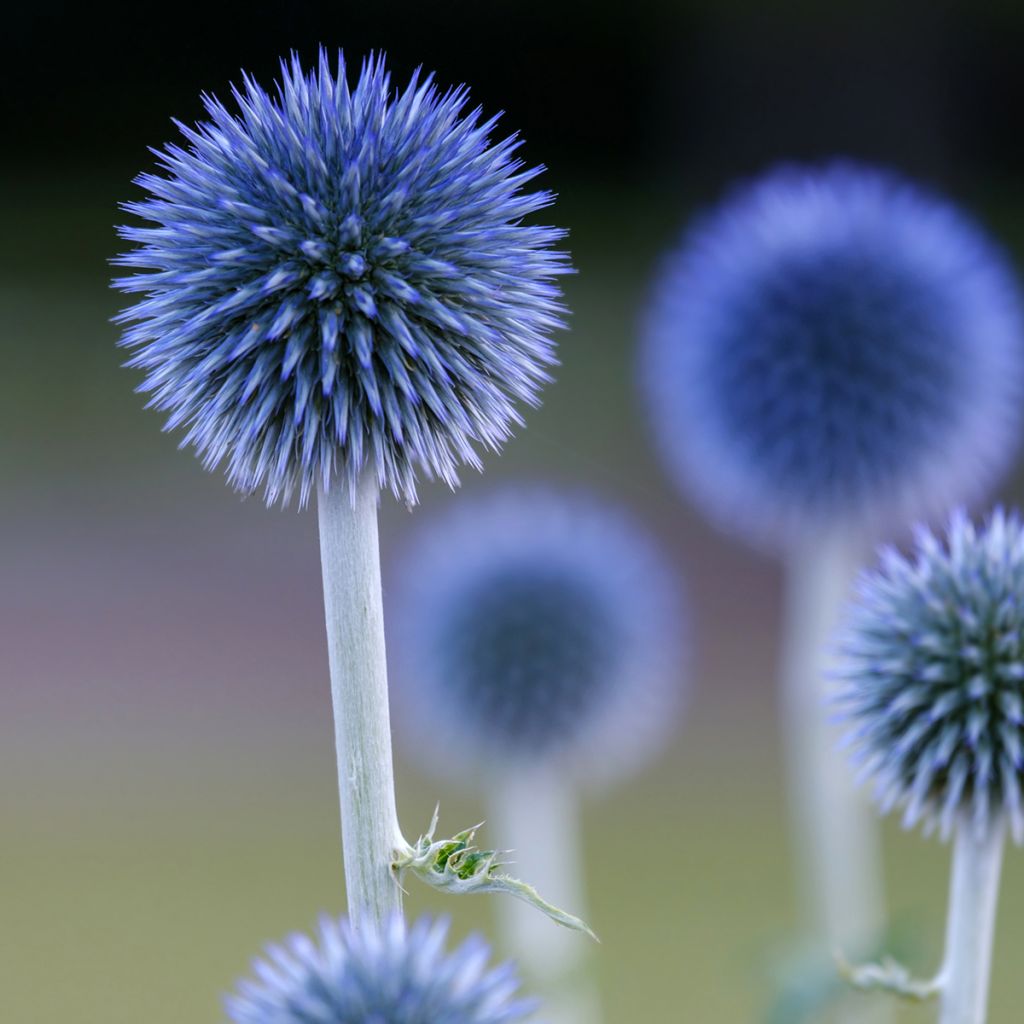

Echinops ritro Veitch’s Blue
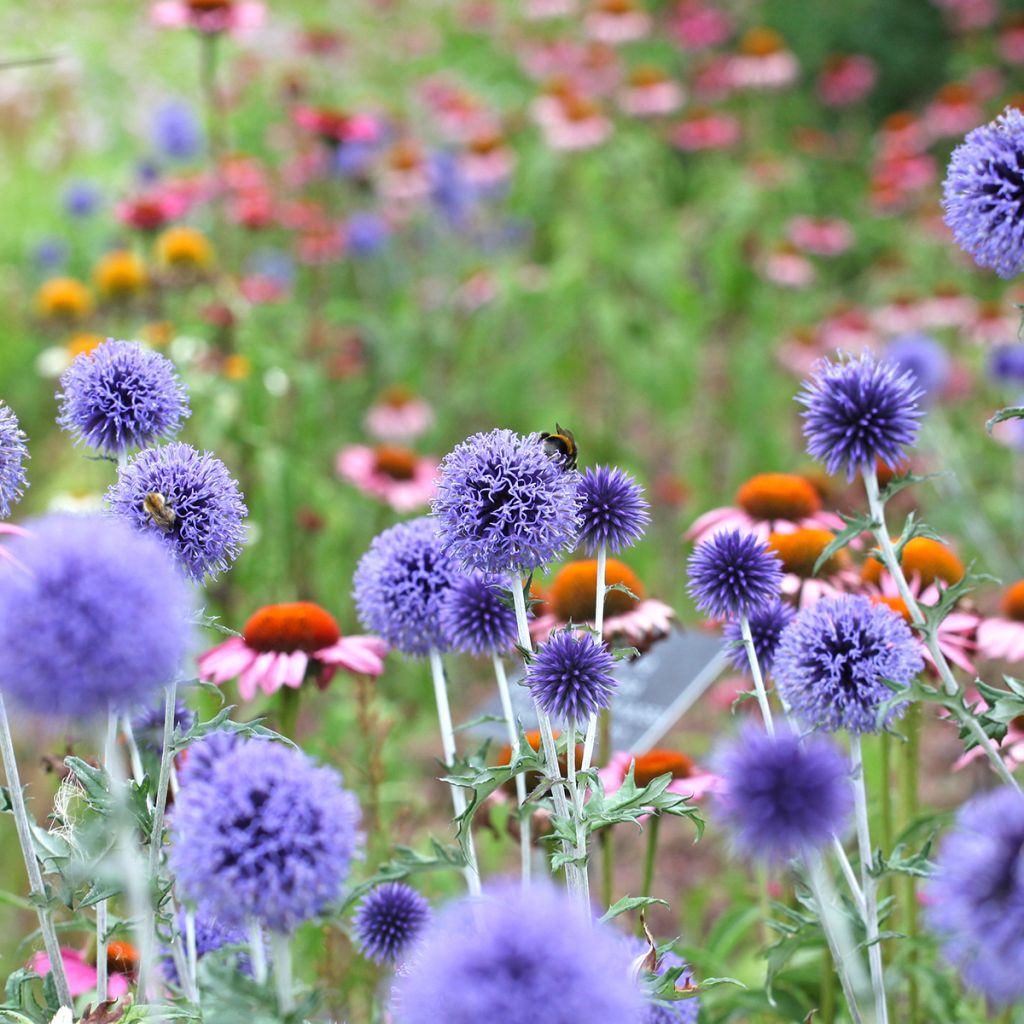

Echinops ritro Veitch’s Blue
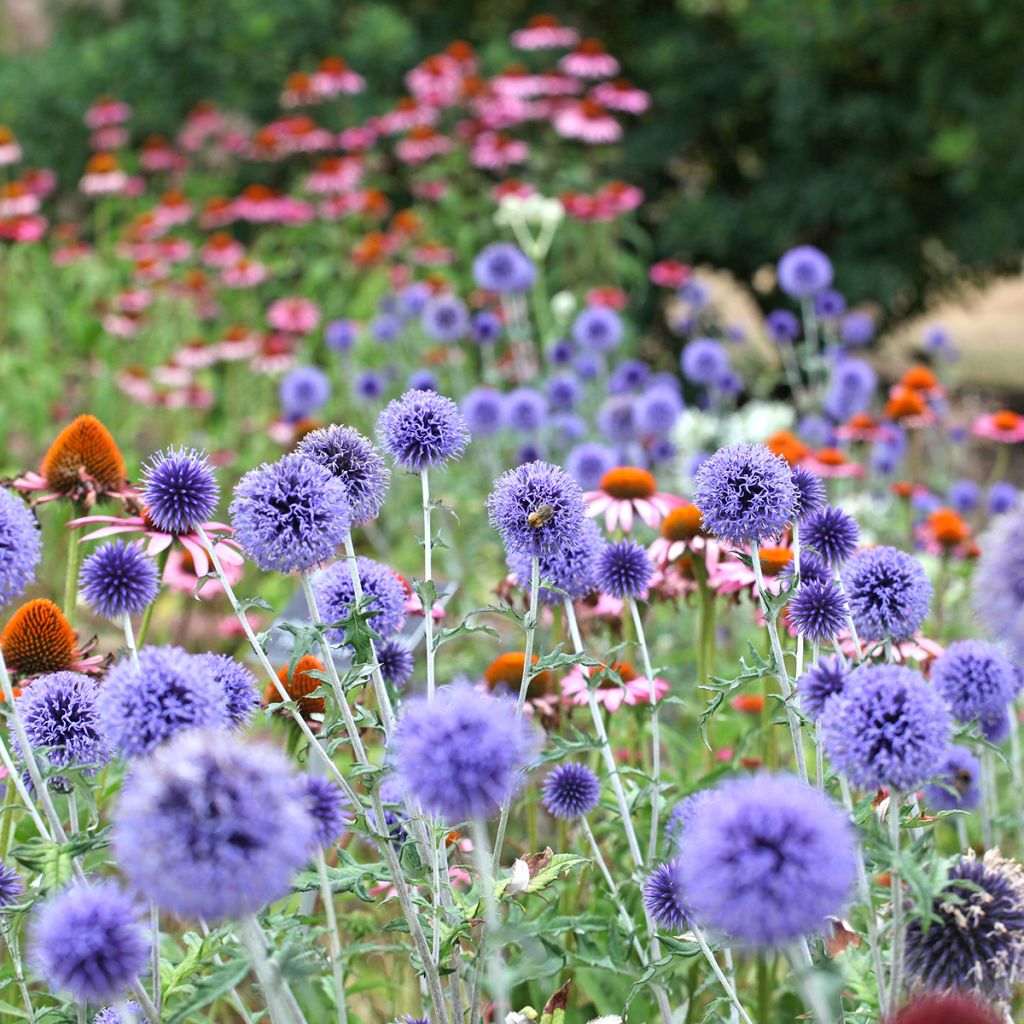

Echinops ritro Veitch’s Blue
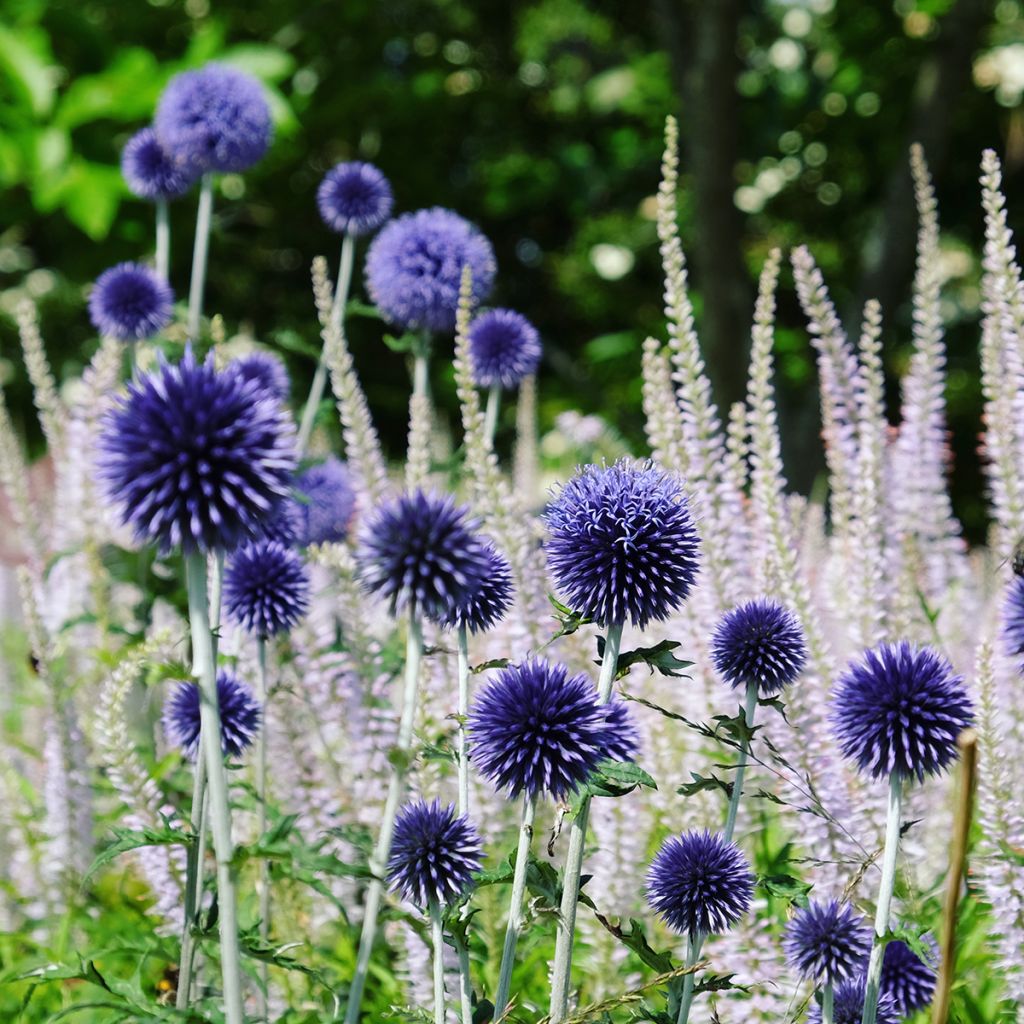

Echinops ritro Veitch’s Blue
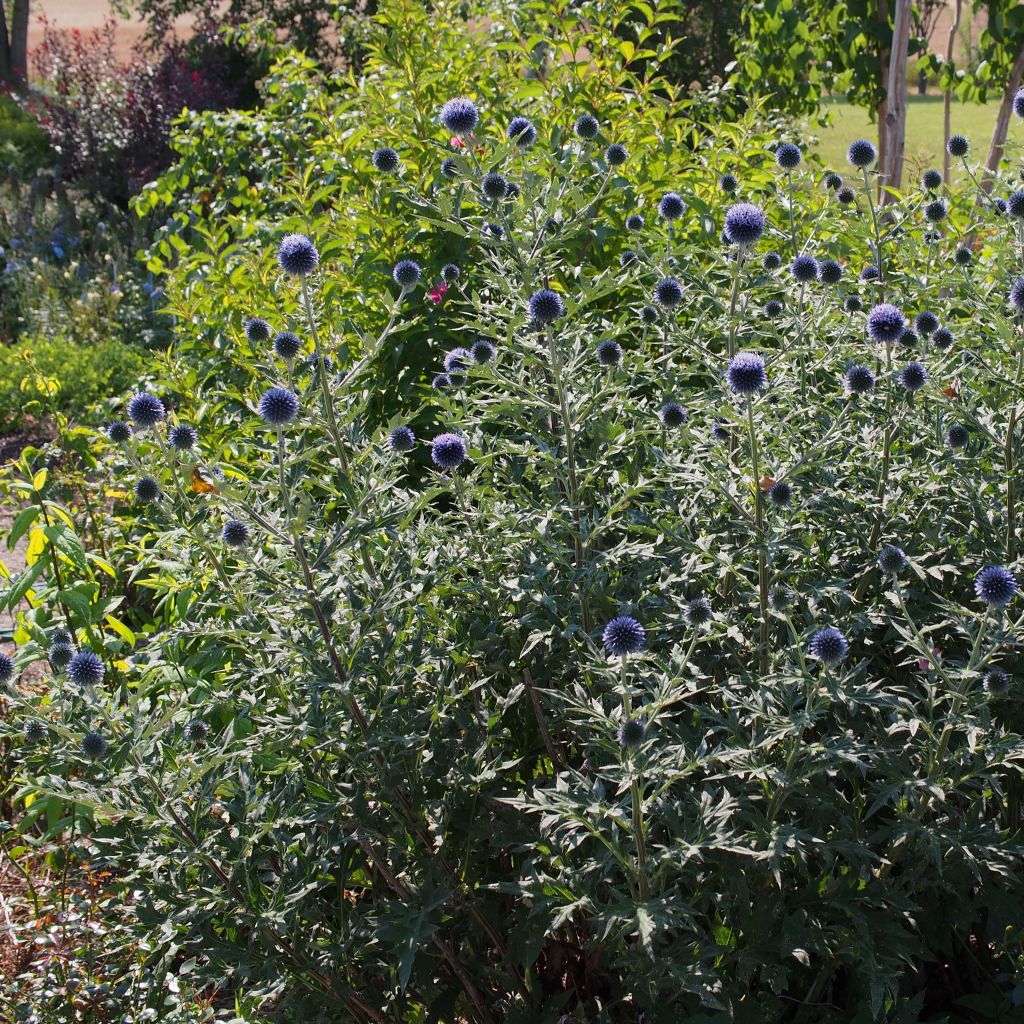

Echinops ritro Veitch’s Blue
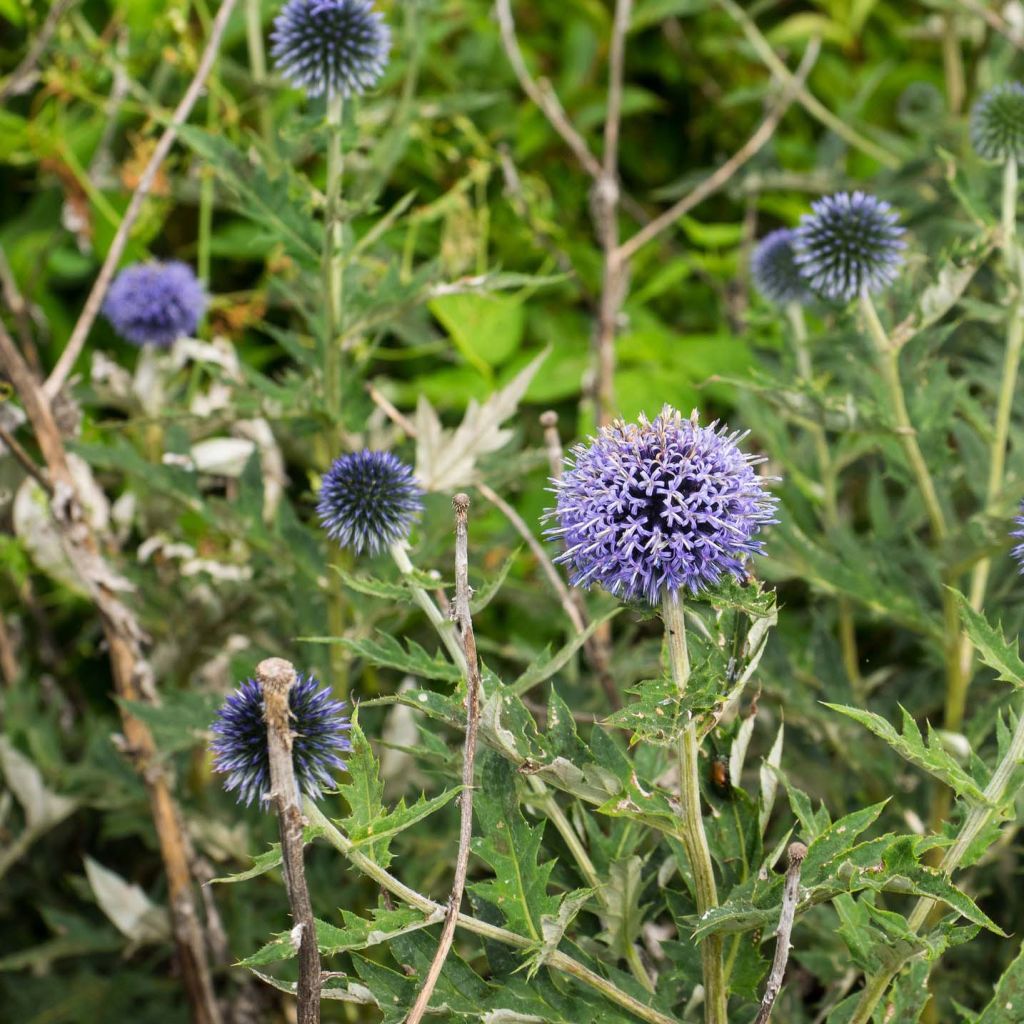

Echinops ritro Veitch’s Blue
Echinops ritro Veitch’s Blue
Echinops ritro Veitch’s Blue
Blue Globe Thistle
Nice young plant with potential
Magali82, 27/02/2025
Special offer!
Receive a €20 voucher for any order over €90 (excluding delivery costs, credit notes, and plastic-free options)!
1- Add your favorite plants to your cart.
2- Once you have reached €90, confirm your order (you can even choose the delivery date!).
3- As soon as your order is shipped, you will receive an email containing your voucher code, valid for 3 months (90 days).
Your voucher is unique and can only be used once, for any order with a minimum value of €20, excluding delivery costs.
Can be combined with other current offers, non-divisible and non-refundable.
Home or relay delivery (depending on size and destination)
Schedule delivery date,
and select date in basket
This plant carries a 12 months recovery warranty
More information
We guarantee the quality of our plants for a full growing cycle, and will replace at our expense any plant that fails to recover under normal climatic and planting conditions.

Does this plant fit my garden?
Set up your Plantfit profile →
Description
The Echinops ritro 'Veitch's Blue' is a beautiful improvement of the Globe Thistle. This lovely 'Veitch's Blue' Globe Thistle offers intensely blue, globular and spiky flowers throughout the summer, with slightly broader and less thorny foliage. Similar to its ancestors who are native to fallow lands and rocky garrigues, this plant is hardy, adapts well to difficult conditions, and adjusts its size according to the richness of the soil. This is an indestructible, very hardy perennial plant, a blessing for rock gardens and challenging slopes. It brings a touch of natural beauty to the garden and nourishes bees. Its flowers are also very attractive in fresh or dried bouquets.
Belonging to the large family of Asteraceae, the Echinops ritro grows spontaneously in uncultivated spaces and garrigues. It thrives in the sun, appreciates warmth, and tolerates dry and even rocky, limestone soils. Not demanding, it is also hardy and can self-seed. It is therefore the ally of holiday homes, gardens without gardeners, gardens without watering, and wildflower lovers. Horticulturists have selected various even more ornamental forms, including the lovely 'Veitch's Blue' variety.
This is a herbaceous perennial plant that develops channelled and ramified stems that can reach heights ranging from 25 cm (10in) to 1 m (3ft), depending on the richness of the soil. This plant bears deciduous leaves, with a tough appearance and a greenish-grey colour. They are alternate, sessile, and embracing. Their lamina is deeply incised, with slightly spiny edges and a downy, silver-grey undersurface. Heads of 4 to 5 cm (2 in) in diameter that contain numerous small inflorescences form at the top of the branching stems. These are perfectly cylindrical heads that deserve close observation to perceive their subtlety and delicacy. Initially bluish-green, the inflorescences seem to consist of multiple spikes at the beginning of flowering. Each spike is actually a bract that protects a tiny flower. These silver bracts release tiny tubular star-shaped flowers of a deep blue, sometimes approaching violet. Packed tightly together, the inflorescences form a cloud of small spheres that bring lightness to flowerbeds.
The Echinops ritro 'Veitch's Blue' is a versatile plant: it fits perfectly in wild and rustic spaces, but its silhouette, foliage, and flowers are also well-suited for graphic, contemporary, or mineral compositions. It is also an excellent candidate to bring a touch of whimsy to dry gardens during the summer. Its astonishingly blue flowers are stunning with all pastel or vibrant blooms. The possibilities for associations are endless, depending on each gardener's taste. We like to combine them with sedums, California poppies, gauras, and yarrows. Artemisias, Lychnis coronaria, and Euphorbia myrsinites will echo its silvery hues.
Echinops ritro Veitch’s Blue in pictures
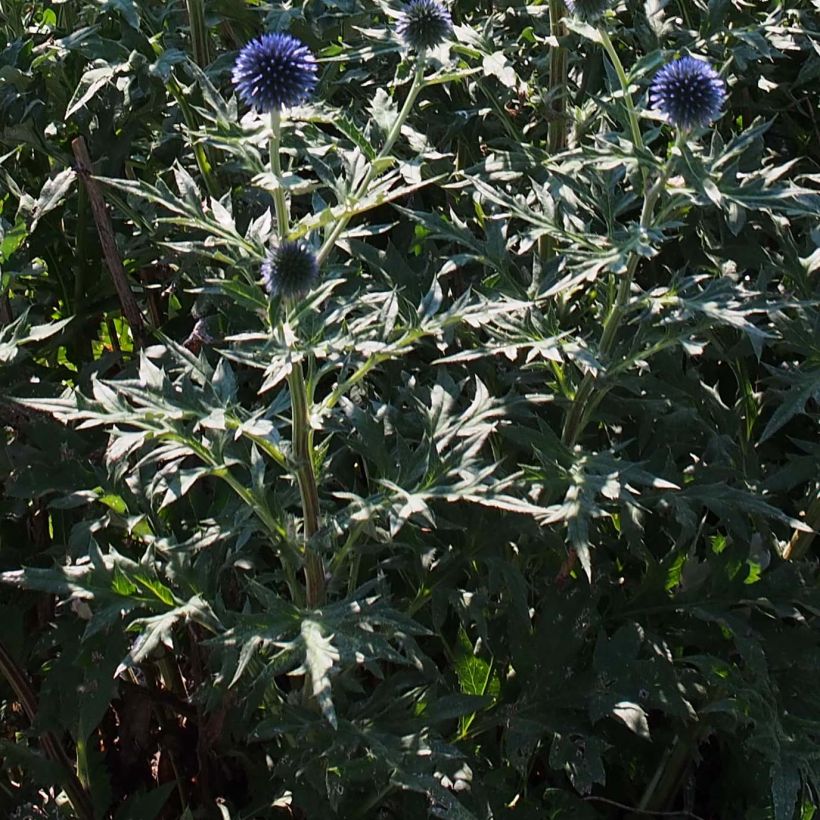

Flowering
Foliage
Plant habit
Botanical data
Echinops
ritro
Veitch’s Blue
Asteraceae
Blue Globe Thistle
Mediterranean
Other Ornamental Thistles
View all →Planting and care
The Blue Thistle is quite adaptable. Install it preferably in the sun in a dry, even rocky soil. It perfectly tolerates limestone and clay soils. If your soil is cooler or heavier, make sure it is well-drained and mix the substrate with gravel during planting. Avoid watering, as it can be more susceptible to aphids and powdery mildew, which damage the foliage in summer. The flowers can be cut and dried to make long-lasting bouquets. Otherwise, you will enjoy a winter decoration on the plant. If this plant is well-suited to the climate and location, it will tend to self-seed and can sometimes become invasive.
Planting period
Intended location
Care
Planting & care advice
-
, onOrder confirmed
Reply from on Promesse de fleurs
Haven't found what you were looking for?
Hardiness is the lowest winter temperature a plant can endure without suffering serious damage or even dying. However, hardiness is affected by location (a sheltered area, such as a patio), protection (winter cover) and soil type (hardiness is improved by well-drained soil).

Photo Sharing Terms & Conditions
In order to encourage gardeners to interact and share their experiences, Promesse de fleurs offers various media enabling content to be uploaded onto its Site - in particular via the ‘Photo sharing’ module.
The User agrees to refrain from:
- Posting any content that is illegal, prejudicial, insulting, racist, inciteful to hatred, revisionist, contrary to public decency, that infringes on privacy or on the privacy rights of third parties, in particular the publicity rights of persons and goods, intellectual property rights, or the right to privacy.
- Submitting content on behalf of a third party;
- Impersonate the identity of a third party and/or publish any personal information about a third party;
In general, the User undertakes to refrain from any unethical behaviour.
All Content (in particular text, comments, files, images, photos, videos, creative works, etc.), which may be subject to property or intellectual property rights, image or other private rights, shall remain the property of the User, subject to the limited rights granted by the terms of the licence granted by Promesse de fleurs as stated below. Users are at liberty to publish or not to publish such Content on the Site, notably via the ‘Photo Sharing’ facility, and accept that this Content shall be made public and freely accessible, notably on the Internet.
Users further acknowledge, undertake to have ,and guarantee that they hold all necessary rights and permissions to publish such material on the Site, in particular with regard to the legislation in force pertaining to any privacy, property, intellectual property, image, or contractual rights, or rights of any other nature. By publishing such Content on the Site, Users acknowledge accepting full liability as publishers of the Content within the meaning of the law, and grant Promesse de fleurs, free of charge, an inclusive, worldwide licence for the said Content for the entire duration of its publication, including all reproduction, representation, up/downloading, displaying, performing, transmission, and storage rights.
Users also grant permission for their name to be linked to the Content and accept that this link may not always be made available.
By engaging in posting material, Users consent to their Content becoming automatically accessible on the Internet, in particular on other sites and/or blogs and/or web pages of the Promesse de fleurs site, including in particular social pages and the Promesse de fleurs catalogue.
Users may secure the removal of entrusted content free of charge by issuing a simple request via our contact form.
The flowering period indicated on our website applies to countries and regions located in USDA zone 8 (France, the United Kingdom, Ireland, the Netherlands, etc.)
It will vary according to where you live:
- In zones 9 to 10 (Italy, Spain, Greece, etc.), flowering will occur about 2 to 4 weeks earlier.
- In zones 6 to 7 (Germany, Poland, Slovenia, and lower mountainous regions), flowering will be delayed by 2 to 3 weeks.
- In zone 5 (Central Europe, Scandinavia), blooming will be delayed by 3 to 5 weeks.
In temperate climates, pruning of spring-flowering shrubs (forsythia, spireas, etc.) should be done just after flowering.
Pruning of summer-flowering shrubs (Indian Lilac, Perovskia, etc.) can be done in winter or spring.
In cold regions as well as with frost-sensitive plants, avoid pruning too early when severe frosts may still occur.
The planting period indicated on our website applies to countries and regions located in USDA zone 8 (France, United Kingdom, Ireland, Netherlands).
It will vary according to where you live:
- In Mediterranean zones (Marseille, Madrid, Milan, etc.), autumn and winter are the best planting periods.
- In continental zones (Strasbourg, Munich, Vienna, etc.), delay planting by 2 to 3 weeks in spring and bring it forward by 2 to 4 weeks in autumn.
- In mountainous regions (the Alps, Pyrenees, Carpathians, etc.), it is best to plant in late spring (May-June) or late summer (August-September).
The harvesting period indicated on our website applies to countries and regions in USDA zone 8 (France, England, Ireland, the Netherlands).
In colder areas (Scandinavia, Poland, Austria...) fruit and vegetable harvests are likely to be delayed by 3-4 weeks.
In warmer areas (Italy, Spain, Greece, etc.), harvesting will probably take place earlier, depending on weather conditions.
The sowing periods indicated on our website apply to countries and regions within USDA Zone 8 (France, UK, Ireland, Netherlands).
In colder areas (Scandinavia, Poland, Austria...), delay any outdoor sowing by 3-4 weeks, or sow under glass.
In warmer climes (Italy, Spain, Greece, etc.), bring outdoor sowing forward by a few weeks.






























